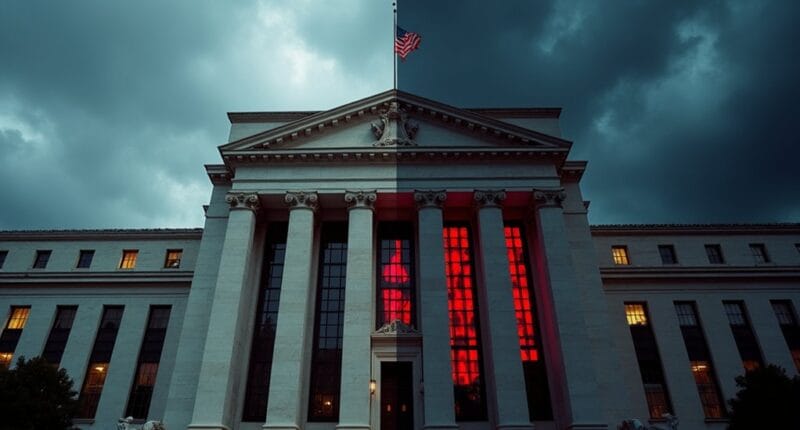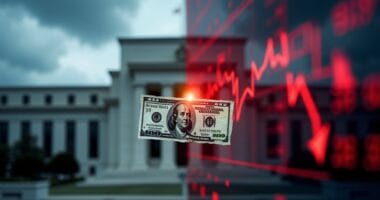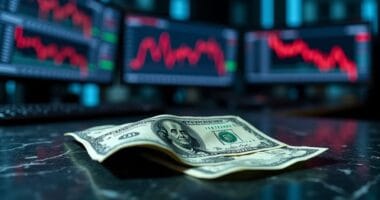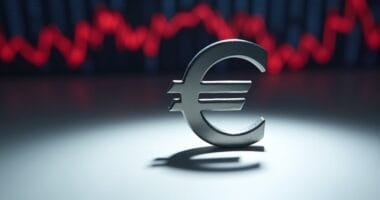Former President Trump released fury at Fed Chair Jerome Powell, demanding his immediate termination and blasting his monetary decisions as “too late and wrong.” The clash erupted after Powell maintained high interest rates despite Trump’s calls for cuts, citing persistent inflation concerns. Markets tumbled, with the Dow dropping 500 points during the exchange. While legal experts say Powell can’t be fired without cause, Trump’s threats sent shockwaves through economic institutions. The battle between political pressure and monetary independence continues to unfold.
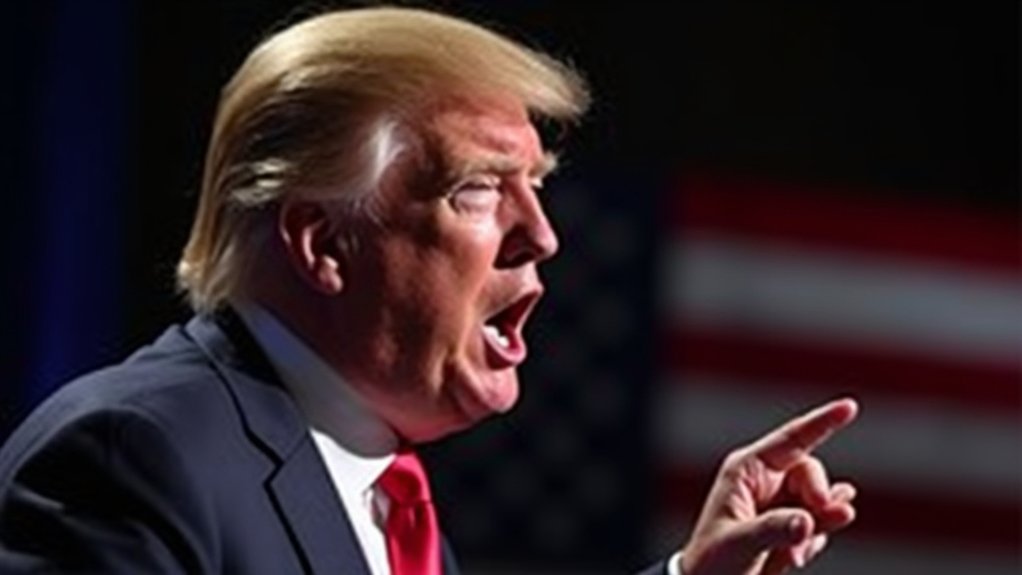
As trade tensions continued to simmer, former President Donald Trump launched another blistering attack on Federal Reserve Chairman Jerome Powell, demanding his immediate termination and calling for dramatic interest rate cuts. The clash escalated after Trump took to Truth Social, declaring Powell’s “termination cannot come fast enough” while blasting the Fed’s refusal to lower rates amid ongoing trade disputes.
Trump’s criticism intensified as he pointed to the European Central Bank’s recent 0.25 percentage point rate cut, suggesting the Fed was falling behind global counterparts. The Dow suffered major market losses with a decline of over 500 points during the heated exchange. Meanwhile, Powell stood firm, citing persistent inflation above the Fed’s 2% target as justification for maintaining current rates.
The tensions unfolded against a backdrop of escalating tariffs and mounting economic pressure. While Trump pushed for rate cuts to counter trade war effects, economists and the IMF warned that tariffs could actually worsen inflation and slow growth – creating exactly the kind of stagflation scenario Powell feared. Legal experts note that Supreme Court precedent protects Powell from being fired without cause.
Chicago Fed President Austan Goolsbee and other officials publicly grappled with the implications of Trump’s threats. The unprecedented suggestion of firing a Fed chair sent shockwaves through economic institutions, with experts warning that such a move could severely undermine central bank independence.
Powell, for his part, remained steadfast in the face of mounting pressure. He acknowledged the “challenging scenario” created by tariffs affecting both inflation and growth but insisted on maintaining the Fed’s autonomous decision-making process.
The standoff highlighted the growing divide between economic orthodoxy and political priorities. Markets watched nervously as the dispute unfolded, with analysts noting that policy uncertainty typically breeds volatility.
Yet Powell’s resistance to political pressure earned praise from economists who emphasized the importance of keeping monetary policy separate from political whims. For now, the Fed chair seems determined to weather the storm, even as Trump’s criticism grows louder and more pointed.
